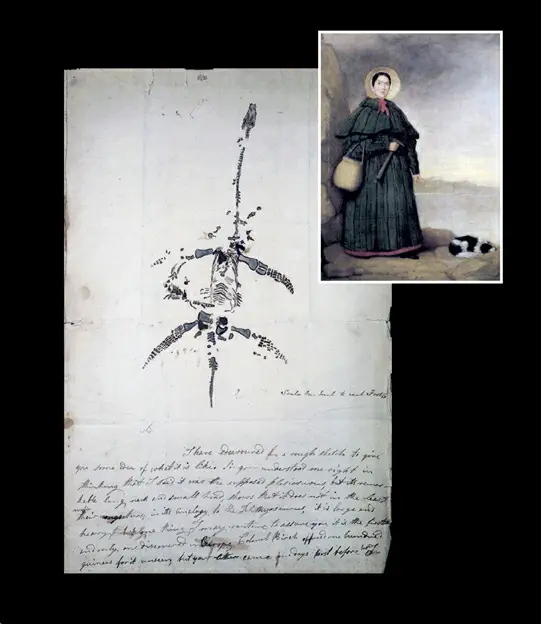The story of Mary Anning, a self-taught paleontologist from the 19th century, is a testament to the pivotal role of fossil hunting in shaping our understanding of Earth’s geological and biological history. Anning’s discoveries, notably the first ichthyosaur skeleton at age 12, the first complete plesiosaurus, and the first British pterosaur, provided substantial evidence supporting the concepts of “deep time” and stratigraphy, initially proposed by Nicolas Steno and James Hutton.
Raised in a seaside town in England, Anning’s fascination with fossils began early, helping her family’s fossil business and nurturing her scientific curiosity. Her meticulous collection and cataloging of fossils, often in precarious conditions, contributed significantly to paleontology. Despite facing gender-based barriers in the scientific community of her time, Anning’s work in fossil discovery and identification played a crucial role in understanding Earth’s prehistoric life and its vast timeline.
Today, Mary Anning is recognized for her remarkable contributions to the field of paleontology, particularly in revealing the rich history preserved in the fossil record. Her legacy continues to inspire and underscore the importance of fieldwork in uncovering the mysteries of our planet’s past.

